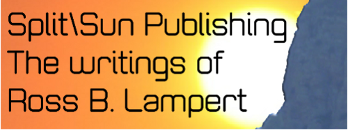If you thought the nature/nurture debate was settled, think again. Far from it, even within the scientific community. Are genes the primary determiner of who will get fat over time, is it the sum of their behaviors, or both?
An article this week in Science News reports on a study done by researchers at Massachusetts General Hospital and the Broad Institute (yes, really) in Boston. They looked at over 2 million genetic variants from thousands of people and came up with a way to predict, they said, a person’s likelihood of becoming “obese” (having a Body Mass Index of 30 to 39.9) or “severely obese” (BMIs of 40 or higher). OK, that sounds useful.

But hold on, other researchers said...
Read More










Recent Comments